Pre-Race
In July 2018, I qualified for the ITU World Triathlon Grand Final standard distance triathlon at the Toronto Triathlon Festival. It was going to be my first race in Europe, my first world championship race and I would be representing Age Group Team Canada, under Triathlon Canada. My best friend, Emily, qualified for the same race about six weeks later and we were ecstatic to travel to Lausanne, Switzerland, to compete in a race together.
According to the ITU, more than 4000 professional and amateur athletes from all around the world were expected to arrive in Lausanne to compete in the world championship. The junior and under 23 elites would race on Friday, August 30th. On Saturday, August 31st, the elite men’s and women’s races would take place, along with the age group sprint distance athletes. Emily and I would race the age group standard distance race on Sunday, September 1st, followed by the paratriathletes and the under 23/junior mixed relays, a relatively new format of triathlon that will debut in the 2020 Tokyo Olympic Games.

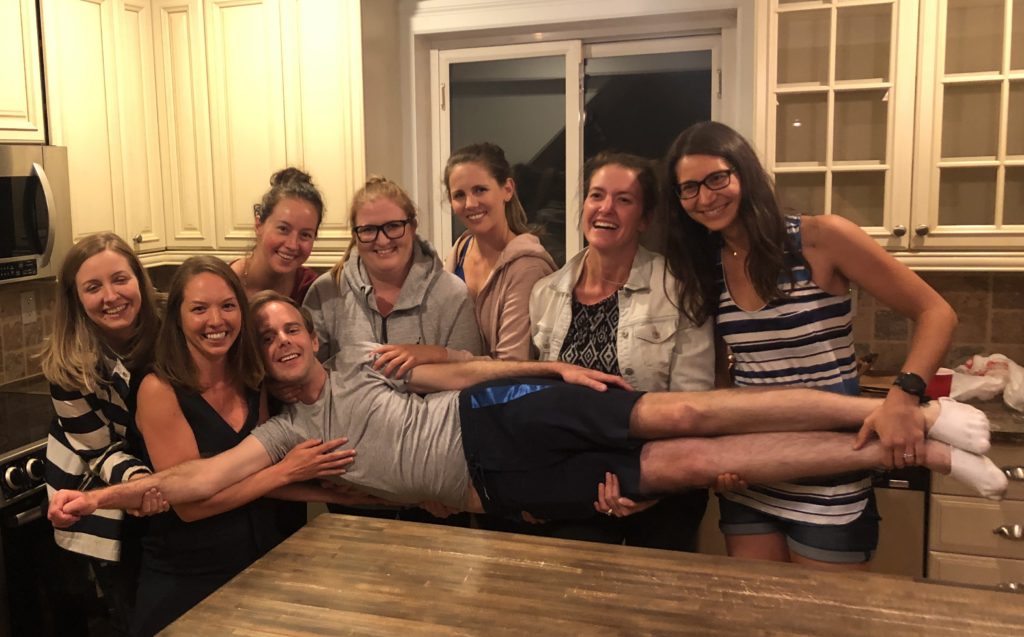
My very understanding boss granted me 3½ weeks off work, which allowed me to spend an extended weekend visiting family and friends in Toronto. Emily and I left for Switzerland 5 days before the race to give ourselves a few days to adjust to the 6-hour time difference. We flew into Geneva, took the train to Lausanne with our massive bike bags and arrived at our hotel, sweaty and exhausted from awkwardly hauling our luggage a kilometer uphill.
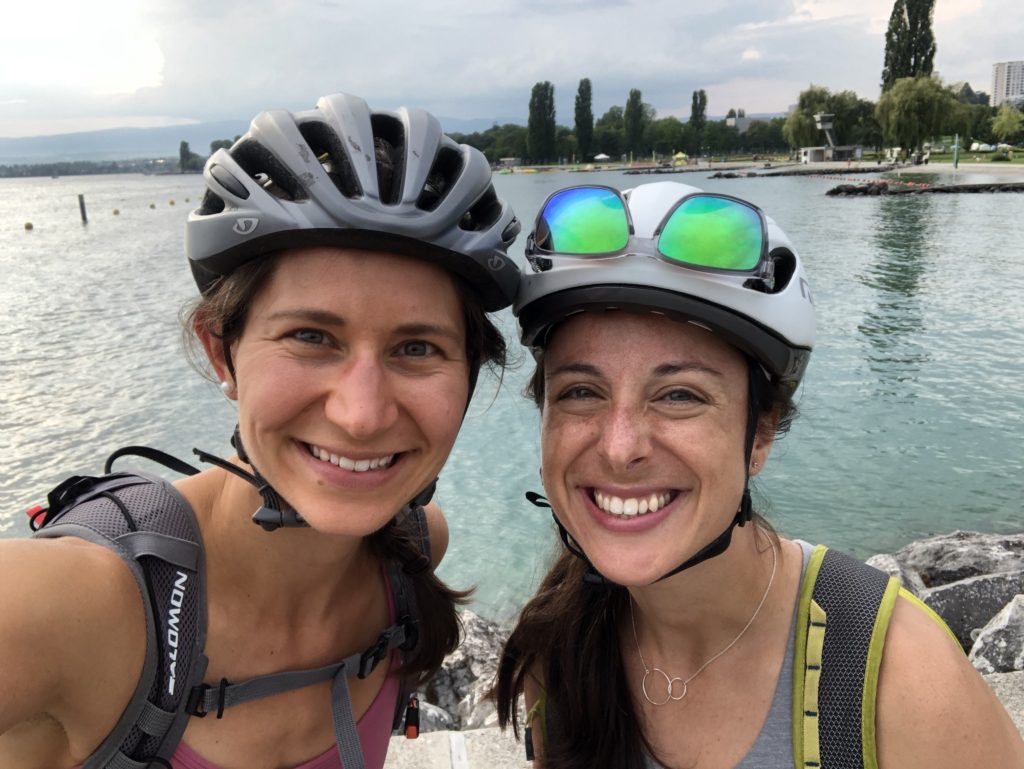

As members of Team Canada, we participated in all the pre-race social events, including a field trip to the Olympic Museum, the parade of nations, welcome ceremony and “pasta party”. It was incredible to meet so many friendly, inspiring Canadian triathletes from across the country, many of whom I will keep in touch with long after the race. We also took part in the standard distance bike familiarization, where a large group of us, led by Team Canada managers/coaches Christian Milette and Christine Cogger, leisurely rode most of the bike course where we would race on Sunday.
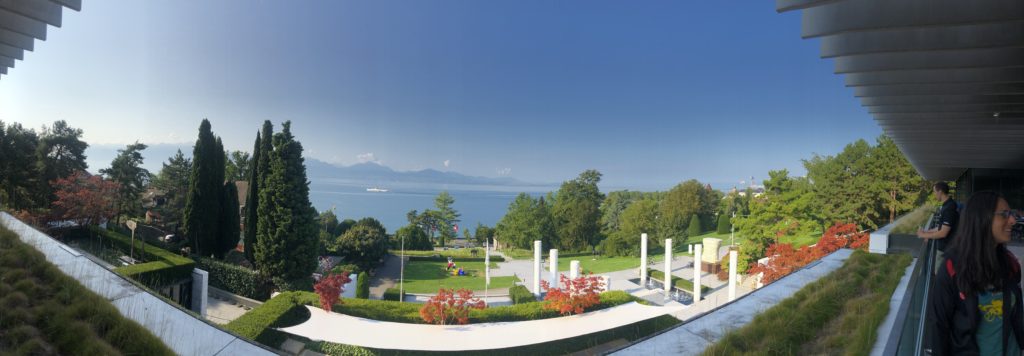
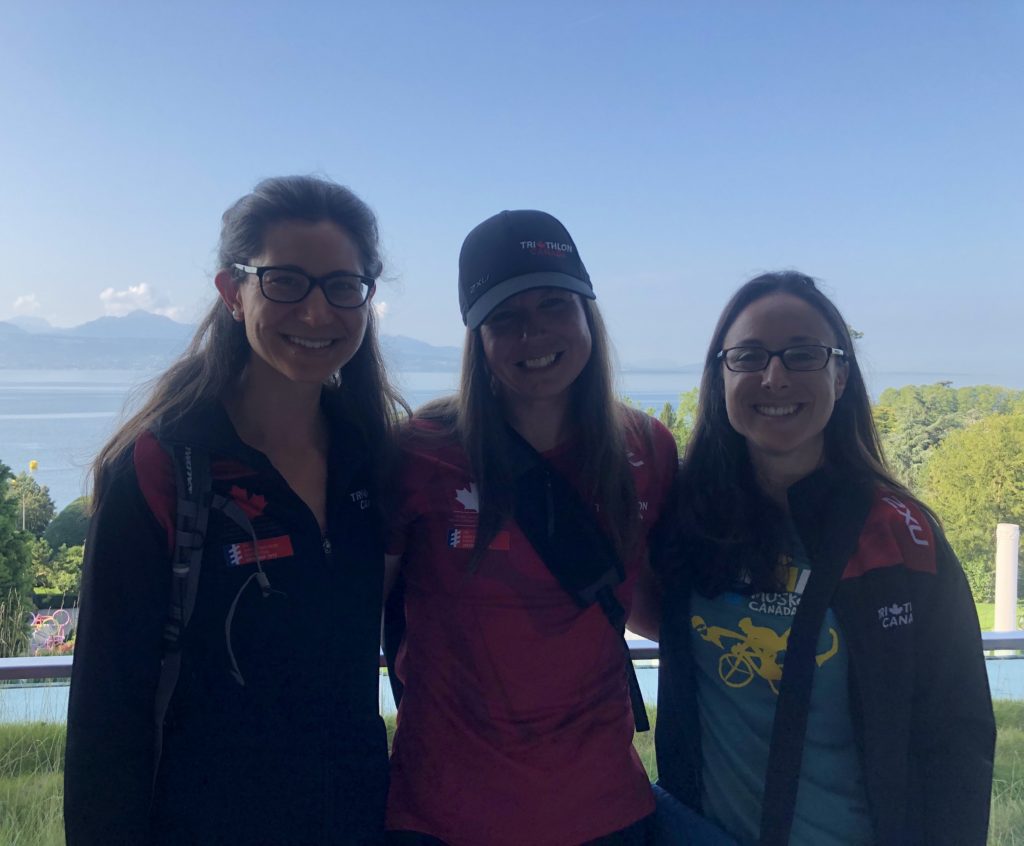
Emily, Mel & I 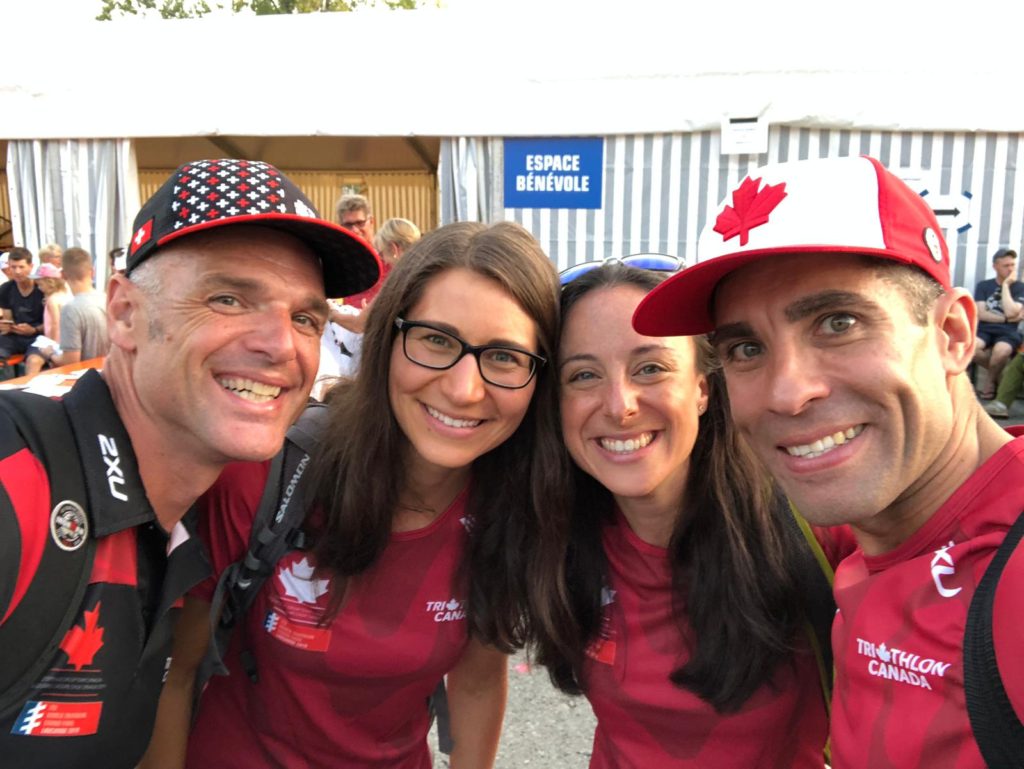
Wayne & Erick
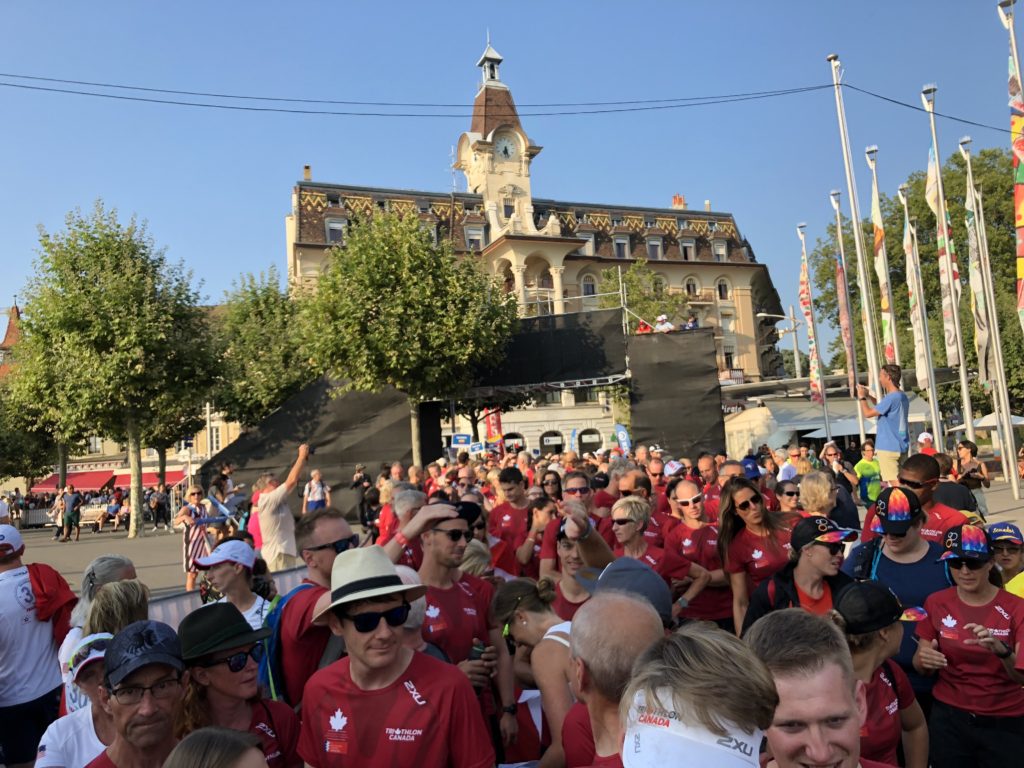
Emily and I swam twice in Lac Léman (called Lake Geneva by tourists), which was the most pristine water I have ever swam in and perfectly comfortable without a wetsuit. The ITU warned all athletes that it would be a morning-of decision whether each race would be wetsuit legal. (Note: ITU regulations state that wetsuits will not be permitted if the water temperature is above 22o Celsius for age group athletes and 20o Celcius for elites, whereas Ironman regulations permit the use of wetsuits up to and including 24.5o Celcius.) Our husbands arrived on Saturday, August 31st, just in time to cheer us on for the race.
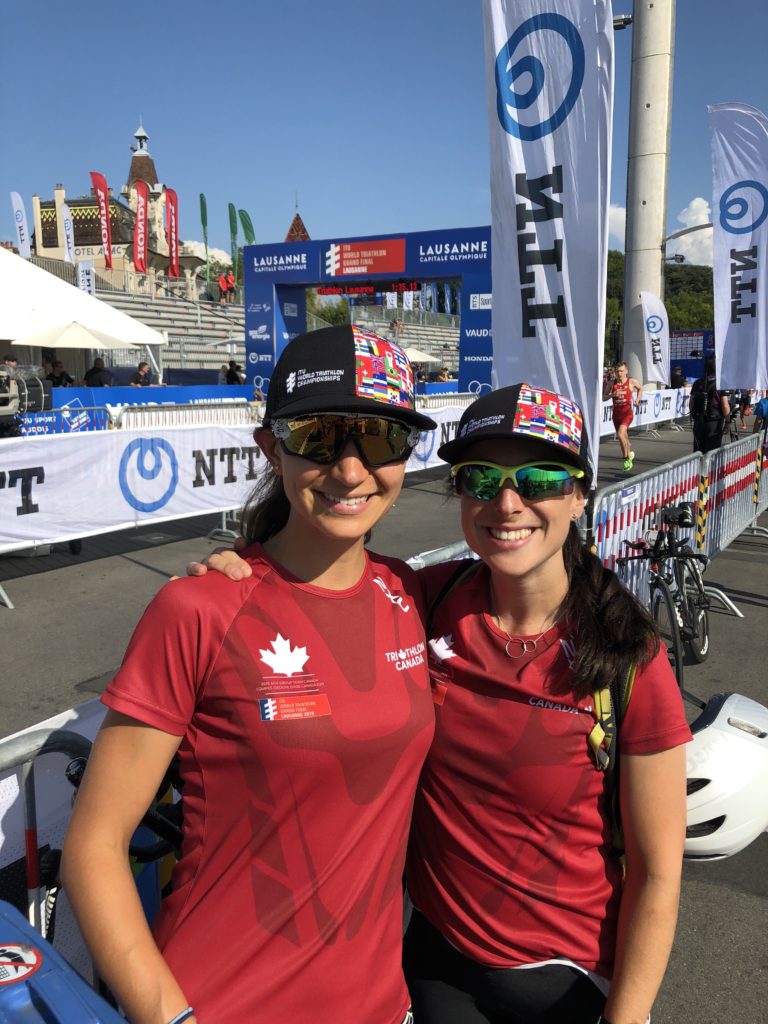
Scoping out the finish line 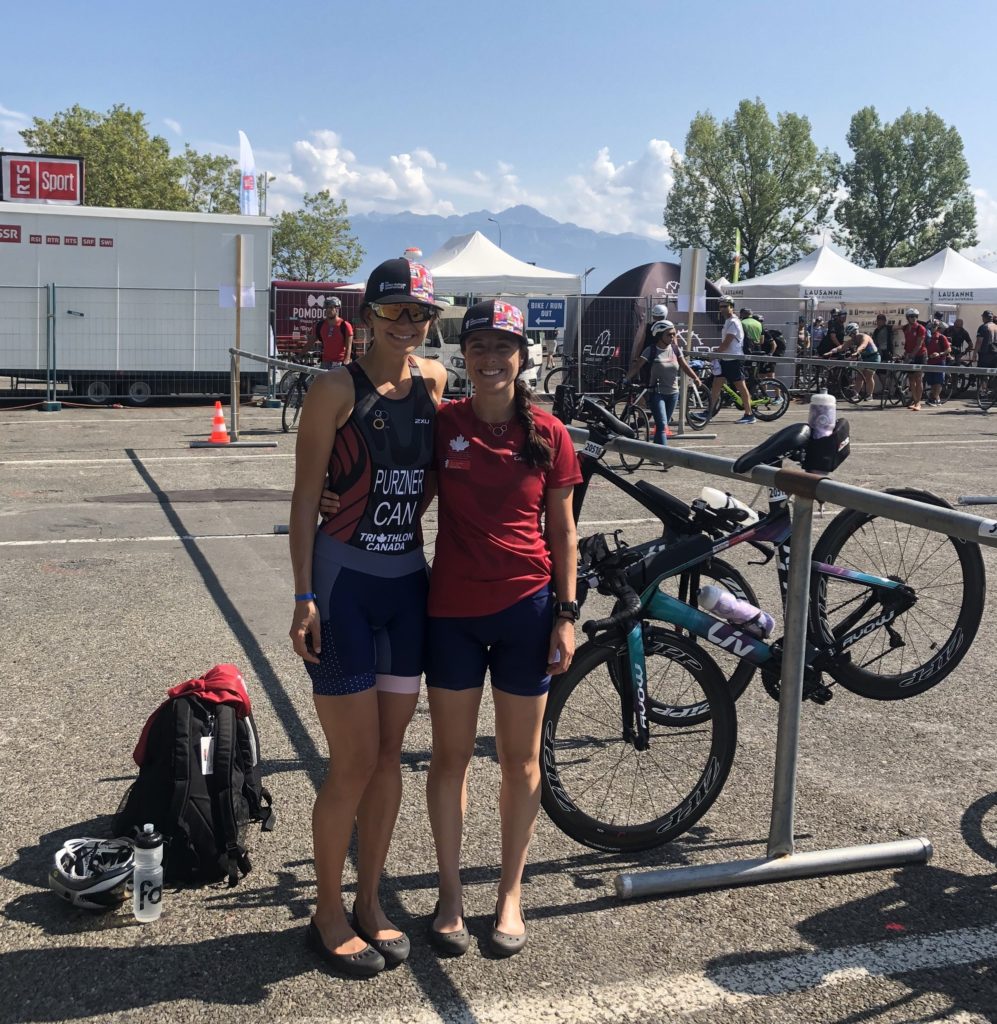
Racking our bikes 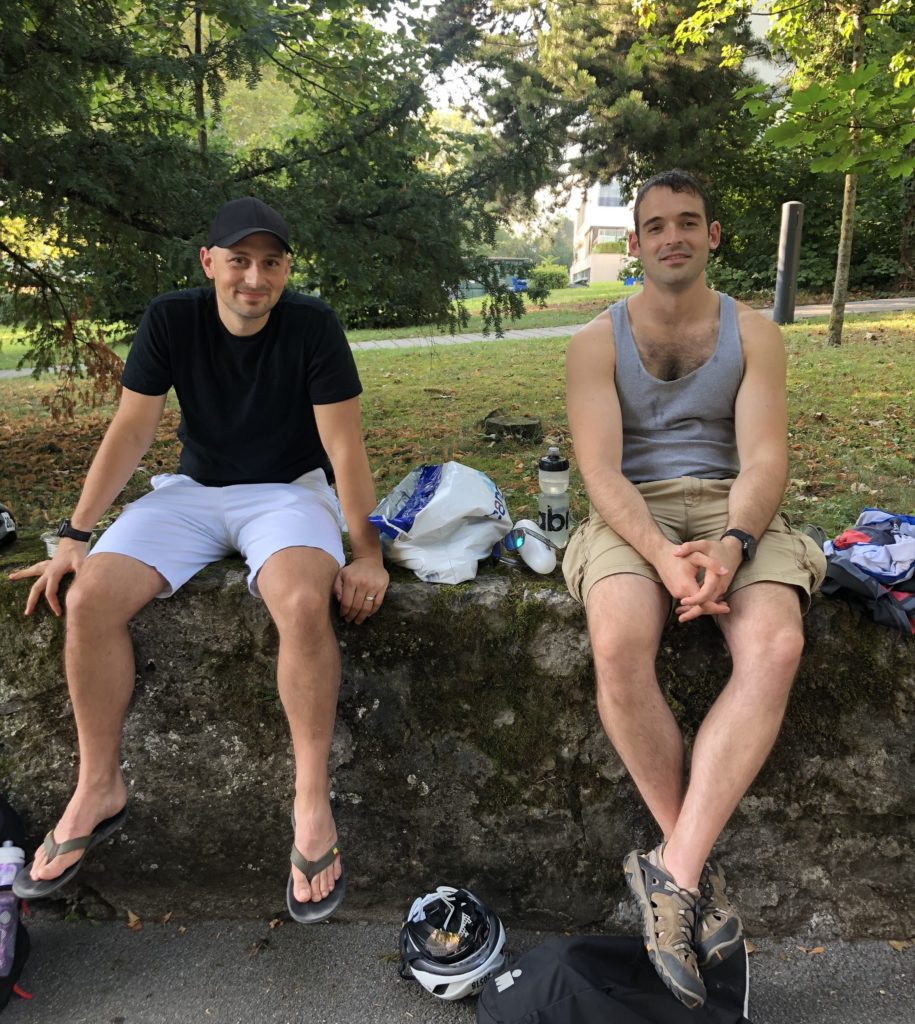
Our jet lagged husbands!
Race Morning
I tossed and turned all night long because our hotel room was so hot and I was hesitant to sleep with the window open due to the noise of young people partying outside. In typical pre-race fashion, I woke up at 4:30 am before my alarm went off. I ate in the hotel room, as our hotel didn’t offer breakfast until 8 am: whole wheat bun with nut butter, banana and espresso.
At 5:45 am, Emily and I departed on foot for the Metro station. There were people still partying, drinking and smoking in the streets from Saturday night. We probably looked crazy to them, outfitted in our Triathlon Canada uniforms with our last names written on the front and back. We walked from the Ouchy-Olympique Metro station to the transition zone. It was still quite dark out and I wished that I had packed a headlamp. Indeed, everyone in transition was buzzing that it was declared a non-wetsuit swim with a water temperature of 23o Celcius, as had been the case for the sprint distance race the day before. Emily and I inflated our tires, set up our nutrition and transition area and walked over to the swim start.At 7:15 am, we watched the first swim wave set off from the Bellerivé Beach, then we did a short, 5-minute swim warm-up adjacent to the swim start area. The water was a refreshing but pleasant temperature and it was a bit choppy with rolling waves. Following my swim warm-up, I ate 3 Clif blocks and made a final porta potty stop next to the swim start before we lined up in our age group corral. The sun began to rise slowly over the Alps in the distance and I finally spotted our husbands spectating from behind the barrier about hundred metres away. As planned, I made my way to the front left of our age group pack and awaited our signal to start.

1500m Swim
(Check out my swim on Strava!)
Time: 28:38
Pace: 1:55/100m
Division Rank: 36/91
The 1500m swim course was a misshaped rectangular loop in Lac Léman, starting at Bellerivé Beach and finishing at the pier a few hundred metres away. Our age group’s official start time was 7:52 am and precisely one minute before, we were let out from the grassy holding area onto the pebbly, sandy beach and into the water. We stood in about 4 feet of water while waiting for our air horn start, with Euro dance music blasting in the background. All of a sudden, the horn blew and chaos ensued. The water was really choppy and I could only get a breath in on my right side. I felt like I was hyperventilating and needed to breathe every other stroke, rather than my usual every third. I also felt dizzy from getting hit sideways by the waves, but I was happy that at least I was wearing earplugs to minimize the dizziness. I tried to focus on maintaining a high turnover and low profile in the water but I wasn’t sure if I was swimming efficiently given that the swim was a non-wetsuit swim, which was a race-day first for me. As my coach had warned, there was a fair amount of body contact within the first few hundred metres, which was way more anxiety-provoking without a wetsuit on.
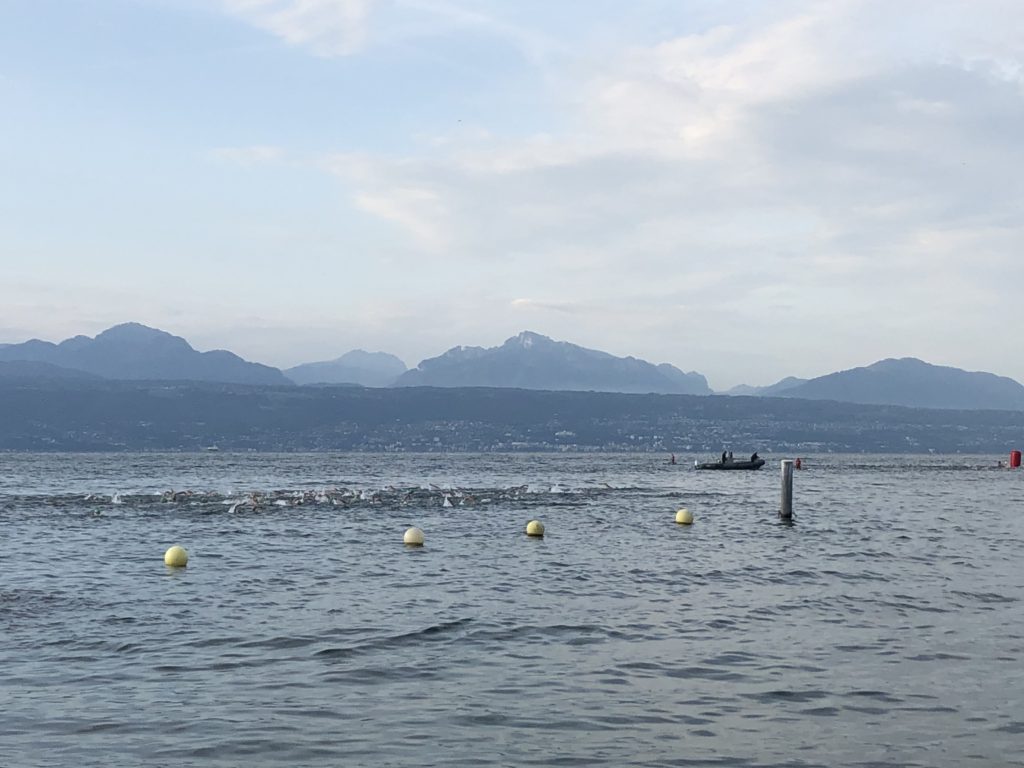
Around 260m, I made a sharp left turn around the first red buoy, then turned almost directly into the wind and the waves. Now, I was forced to breathe on my left side. I attempted to swim on other people’s feet as often as I could, but our pack spread out fairly quickly and the lead pack pulled too far ahead to draft. It was a long, seemingly never-ending stretch toward the second red buoy. Despite feeling like a sailor who had been capsized at sea and was fighting for her life, I felt slightly more confident in my swim performance as I passed a few orange coloured swim caps, who had probably started in an earlier swim wave. More so in this race than any other one this season, I definitely looked forward to getting out of the water.
After rounding the second buoy at 900m, I caught up to an American woman’s feet and tried to hang on as long as I could. Heading back towards shore, I could feel the assist of the waves pushing me towards the swim exit. I was thankful for the extra speed, as it almost felt like I was surfing the waves rather than fighting against them. I was finally able to breathe normally on both sides and tried to accelerate to catch the swimmers ahead of me after passing the final red buoy. I kept swimming until my fingers grazed the sandy bottom at the swim exit. I glanced down at my watch and was satisfied with my sub 30-minute swim. I ran down the long blue mat into transition and felt chills every time a spectator yelled, “Go, Canada!” as I ran past them.
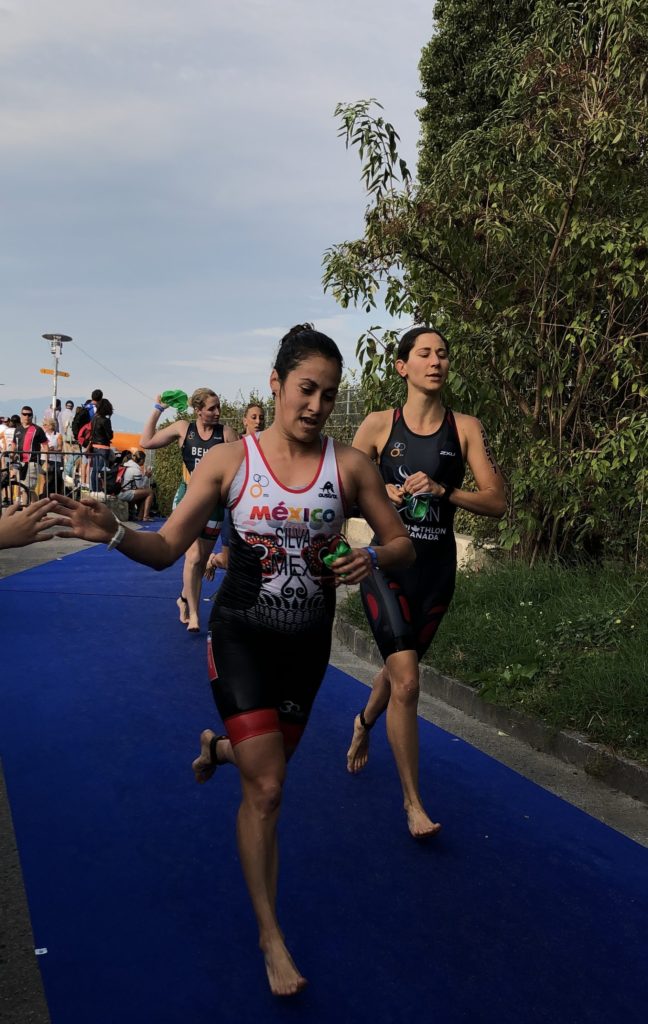
This was my first non-wetsuit race. I definitely lacked confidence during the first half of the swim and I definitely noticed the change in buoyancy. I had to kick harder to stay up in the water and found that it wore me down and definitely noticed it coming out of the water. The one upside was that I didn’t need to spend time getting rid of the wetsuit in T1!
I found my bike in the third last row towards the far end of transition. A fellow Canadian woman in my age group who had racked her bike near me apologized – in typical Canadian fashion – for swimming on my feet and accidentally touching them during the swim; I responded, “No worries!” and wished her a good race. After I quickly dried off my feet, I put on my socks, bike shoes, helmet and sunglasses and ran out along the perimeter of transition with my bike. (Note: In order to exit transition, all athletes were required to run down to the far end of our row, then run along the fence along the perimeter of transition. I assume this was to prevent any collisions between athletes and to ensure fairness because all athletes had to travel the exact same distance in transition.)
T1: 3:03
40k Bike
(Check out my ride on Strava!)
Time: 1:11:59
Average Speed: 33.34 km/h
Average HR: 158 bpm
Elevation Gain: 401m
Division Rank: 20/91
The bike course was two 20k loops that were closed to traffic. It included 3 climbs and one technical descent with a sharp turn at the bottom, where bright orange crash pads were set up along the barricade for athlete safety. Emily and I had ridden sections of the bike course prior to race day but we were unable to ride the course in its entirety due to traffic and ongoing races on Friday and Saturday.
It took me a couple extra seconds to properly clip into my pedals after the mount line, then I focused on slowing my breathing rate and getting my heart rate down for the first kilometer before the first climb up Avenue d’Ouchy, a 600m long climb with a gradient of up to 11%. I passed a few athletes on the straightaway before reaching the bottom of Avenue d’Ouchy, where I climbed at a moderately hard intensity and remained in my saddle for the whole climb. At the top of the climb, I ate 2 Clif bloks, followed by sips of water. I had fun descending down the road to the right, but I rode a bit conservatively, up to a maximum of 52 km/h, and got out of my aerobars heading into the downhills. I made a few sharp turns including the turnaround at the waterfront on Quai d’Ouchy, and then climbed back up to the top of Avenue d’Ouchy, a kilometer-long climb with a maximum gradient of 15%. I rode westbound through the picturesque city streets and descended down the steep Avenue des Bains, a 600m descent with an average gradient of 12%. It is difficult to ride aggressively when you have bright orange crash pads warning you at the bottom of the hill, so I braked early, stayed wide and cut close to the corner, then accelerated out of my saddle immediately after the turn.
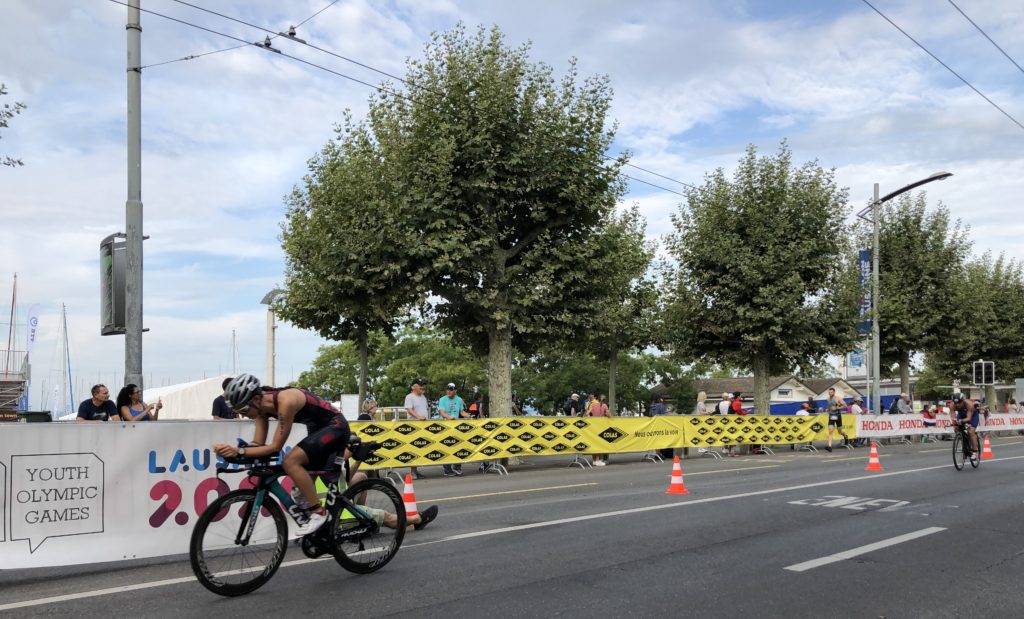
Next was a 1.5k steady climb with a gradient of 3 to 7% along Route de Vidy and Vallée-de-la-Jeunesse near the IOC headquarters, followed by a 2k gradual descent towards the highway on-ramp and gentle rolling hills towards the industrial area. It was difficult making decisions about whether or not to pass other athletes, as there were several race officials on motorcycles enforcing the penalties for drafting (riding within 10m of another athlete for more than 20 seconds) and blocking (riding alongside another athlete and blocking others from passing). I played a bit of cat-and-mouse with a female athlete from Great Britain, and then eventually accelerated past and remained ahead of her for the rest of the ride. At the end of the first 20k loop, approximately 35 minutes had elapsed and I decided I would try to maintain or slightly increase my effort for the second loop. I accelerated along the straightaway on the main street, Avenue de Rhodanie, as triathletes starting their first lap merged onto the roadway. I climbed Avenue d’Ouchy more aggressively the second time around and was out of my saddle for the first half of it. I felt more comfortable with the sharp turns and the technical descent down Avenue des Bains on the second loop. The presence of more bikes on the course made it more challenging to avoid drafting, but I felt strong enough to accelerate past several athletes without overreaching.
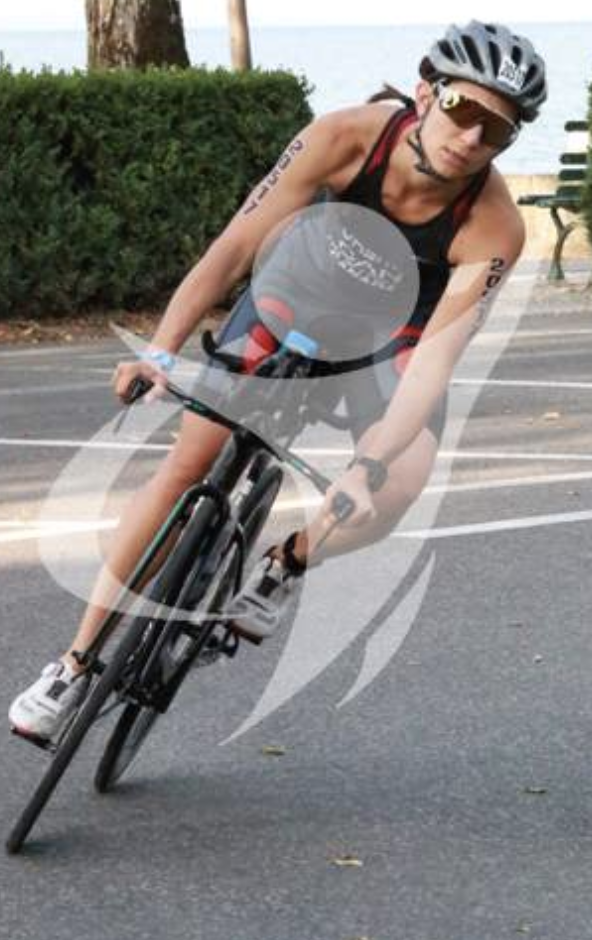
I alternated sips of Gatorade and water throughout the bike, but limited my fluid intake a bit as it was a very pleasant temperature of about 22o Celcius with lower humidity than it had been since we arrived. About a meter before the dismount line, I unclipped and dismounted my bike and sprinted through transition in my bike shoes. Similar to T1, upon entering we were allowed to run down our rows towards our bike racks, then had to head out running the same direction until we reached the far end of transition zone, then ran around the perimeter before exiting a second time. I heard the race official blow his whistle at another athlete who had probably unclipped his or her helmet strap before racking their bike. As I re-racked my bike, I was pleased to see our age group rack was closer to empty than it was full. I unclipped my helmet, removed my sunglasses, swapped my bike shoes for running shoes, clipped on my race belt, shoved an emergency 3-pack of Clif bloks in my sports bra, threw my hat on and dashed out of transition.
T2: 2:07
10k Run
(Check out my run on Strava!)
Time: 47:31
Pace: 4:45/km
Average HR: 164 bpm
Division Rank: 41/91
The run course was 2 loops along the waterfront past the Olympic Museum, including 3 short hills – the first was the steepest and the subsequent two were not as steep. I wondered what the run course would be like and how awful the hills would be. One of my goals for this race was to run the entire race and not walk, no matter how grueling the hills.
I started my run, I spotted Rod off to the right side and appreciated his supportive cheers. Again, it felt incredible to have complete strangers cheer for me, “Go, Canada!” and I was reminded once again, that I was not only representing myself but my country.
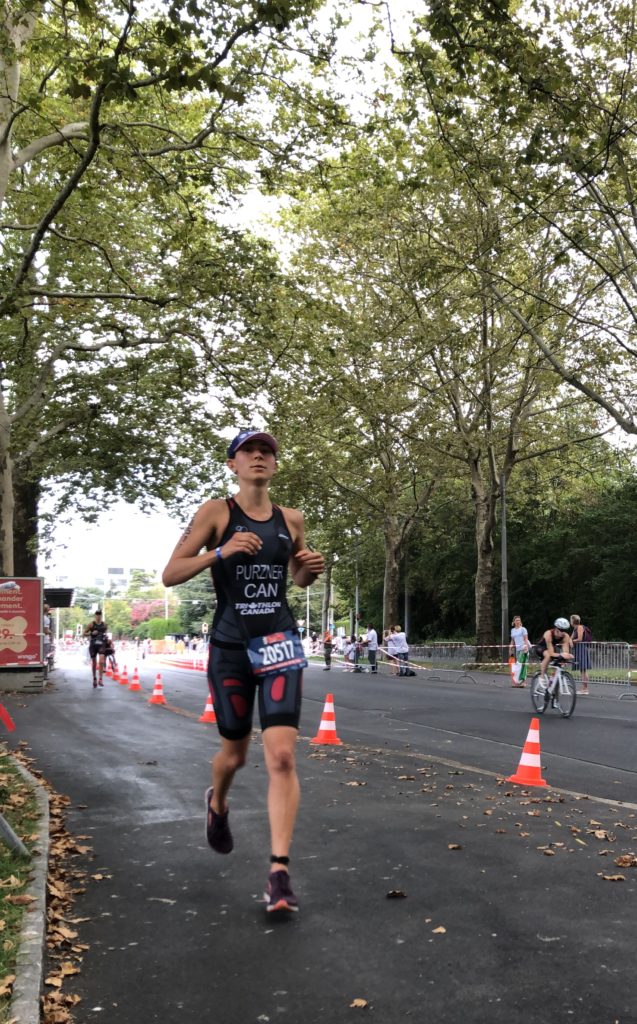
The first 2k or so were completely flat, then the course made a sharp left turn up a short, 25% grade hill towards the Olympic Museum, followed by a couple long switchbacks descending back down. Almost immediately after returning to the promenade, we turned sharply to the left again and climbed up a slightly less steep, but longer slope. I recalled Christine Cogger advising us to take the shortest line up the hill during our pre-race Team Canada briefing and I stuck to the fall line while trying to remember my coach’s advice for uphill running form: lean forward and drive the knees up. At the end of the third hill, my heart rate was pretty high as I hadn’t recovered from the previous two, and I tried to do some pursed lip breathing as I ran downhill.
I welcomed every aid station, which were positioned every 1.5 to 2k on the run course, and followed my coach’s advice to splash water on myself to keep my core temperature down. At the end of lap 1, I would have been happy to call it a day, but I sped past the finish line and started my second lap. About 500m after the start of the second lap, I spotted Emily heading towards the turnaround point of the first lap near the finish chute and cheered her on. Every so often I glanced down at my watch to check my pace and heart rate, but I felt that my 4:45/km pace was as fast as I could manage for 10k at that moment in time. I felt like the 3 hills were slightly less awful the second time around, perhaps because I knew what to expect. At the top of the first and steepest hill, Christine and Christian were cheering every Canadian athlete and I gave Christine a solid high five, which was unbeknownst to me, captured on video and part of the Triathlon Canada video! Check out how much I was trying to hide my suffering at 1:23.
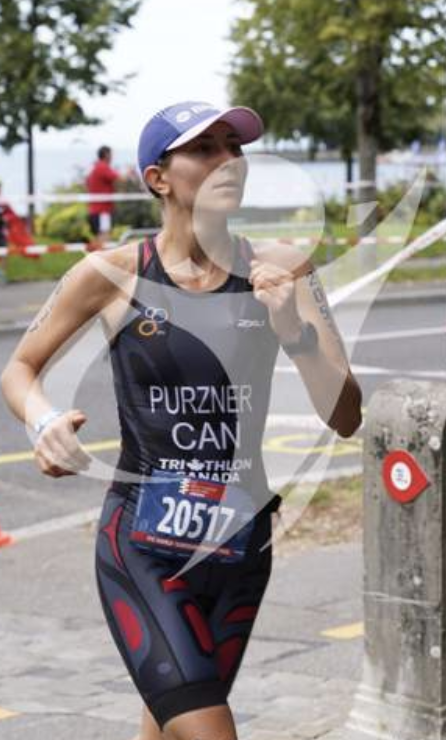
Around 8k, I slightly increased my pace to 4:25 to 4:40/km and hoped that the energy and excitement of the spectators would push me to maintain or increase my speed. I continued to throw water on my face at every aid station, including the final one I passed about 800m from the finish line. A few hundred metres from the finish line, I ran around the final turnaround before entering the finish chute and I realized there was a woman from Mexico who was potentially in my age group about 10m behind me. I accelerated past an older male athlete who was still on his first lap and made a sharp left turn into the finish chute and started “turning on the jets!”, as Emily’s husband was apparently cheering at me at that exact moment. She caught up to me and we sprinted head-to-head for the finish line. She took off ahead of me, crossing the finish line 0.6 seconds ahead of me. I just didn’t have that extra gear to turn it over the finish line. Nevertheless, I celebrated as I crossed the big blue ITU archway and threw my arms up in the air. My competitor immediately bent over in exhaustion; I patted her on the back and we shared a congratulatory hug.
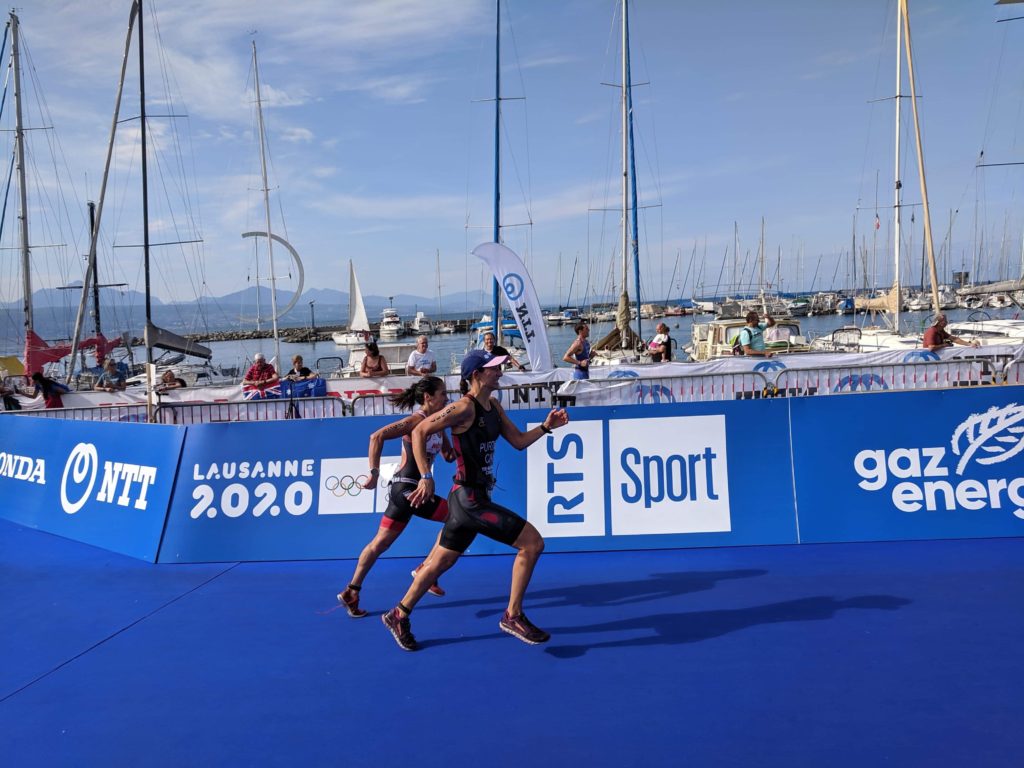

I remained in the post-finish area and within a few short minutes, I cheered on my best friend as she approached the finish chute and gave her a sweaty, happy hug as we congratulated each other on an incredible race.
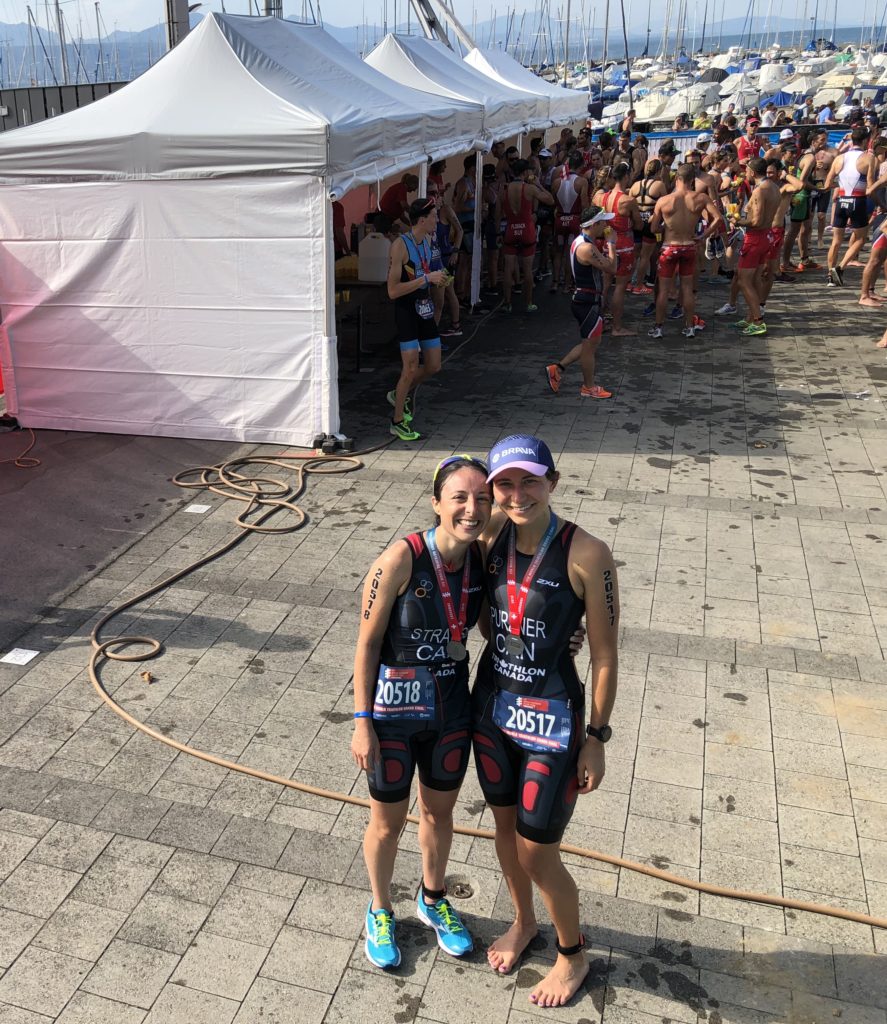
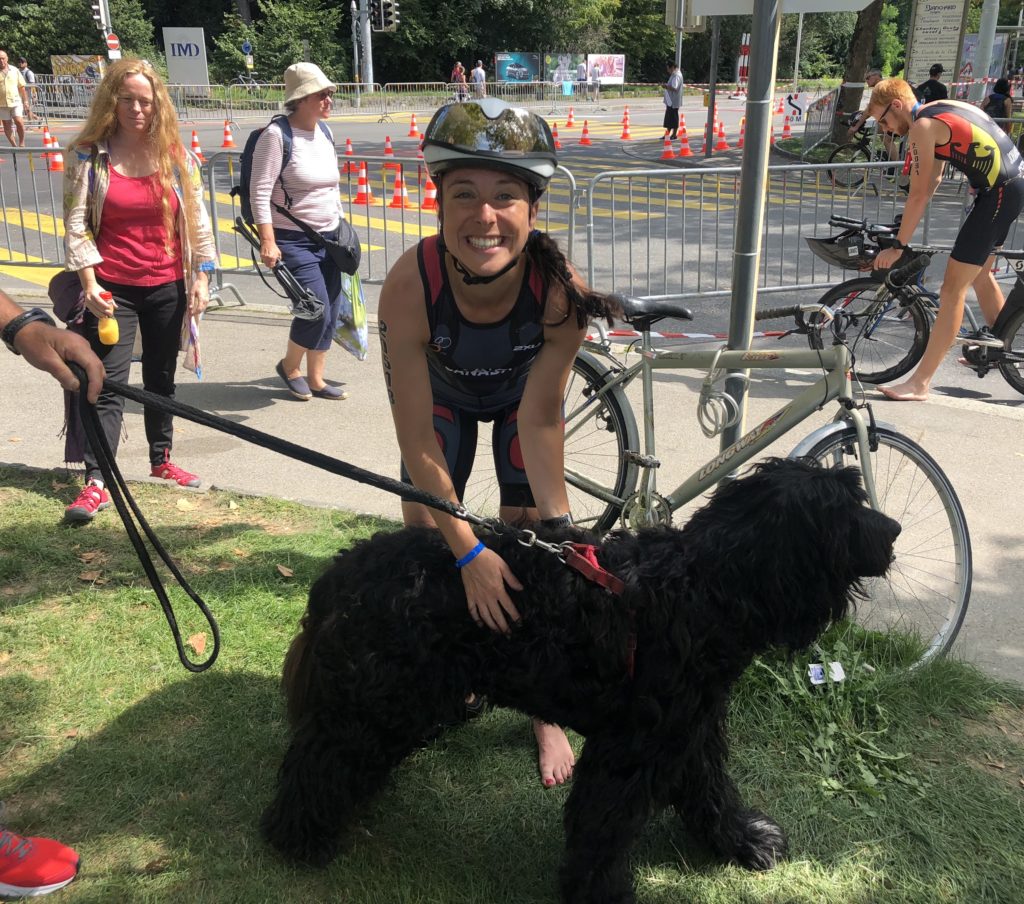
Of course Emily found a dog to pet 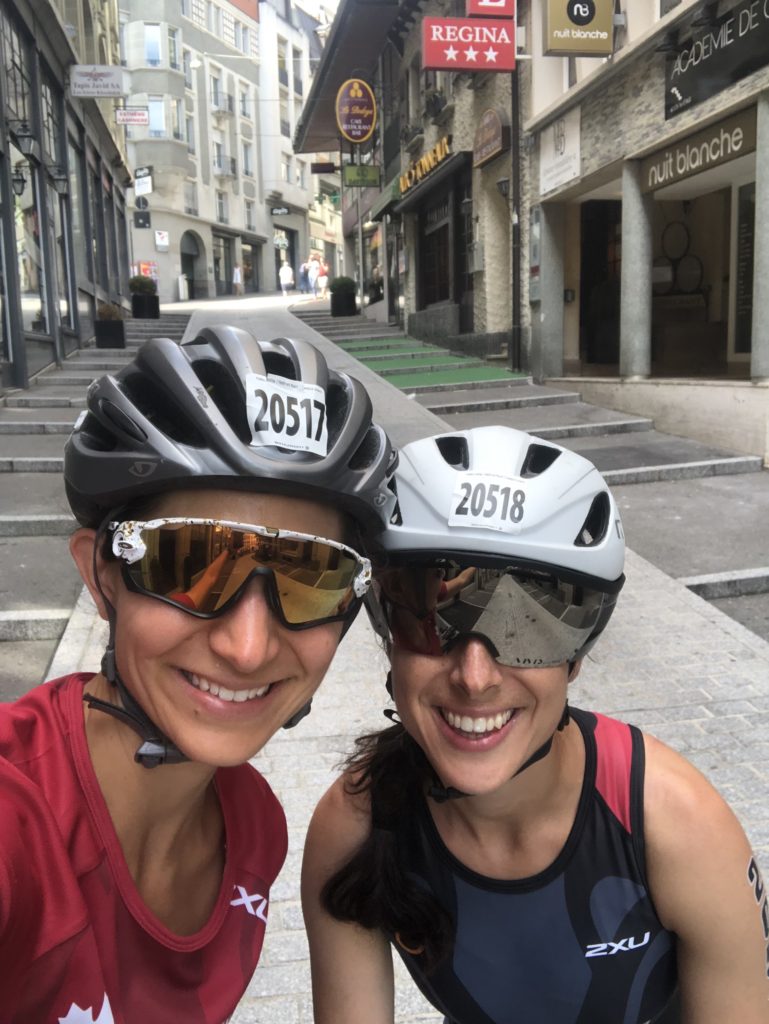
Post race commute
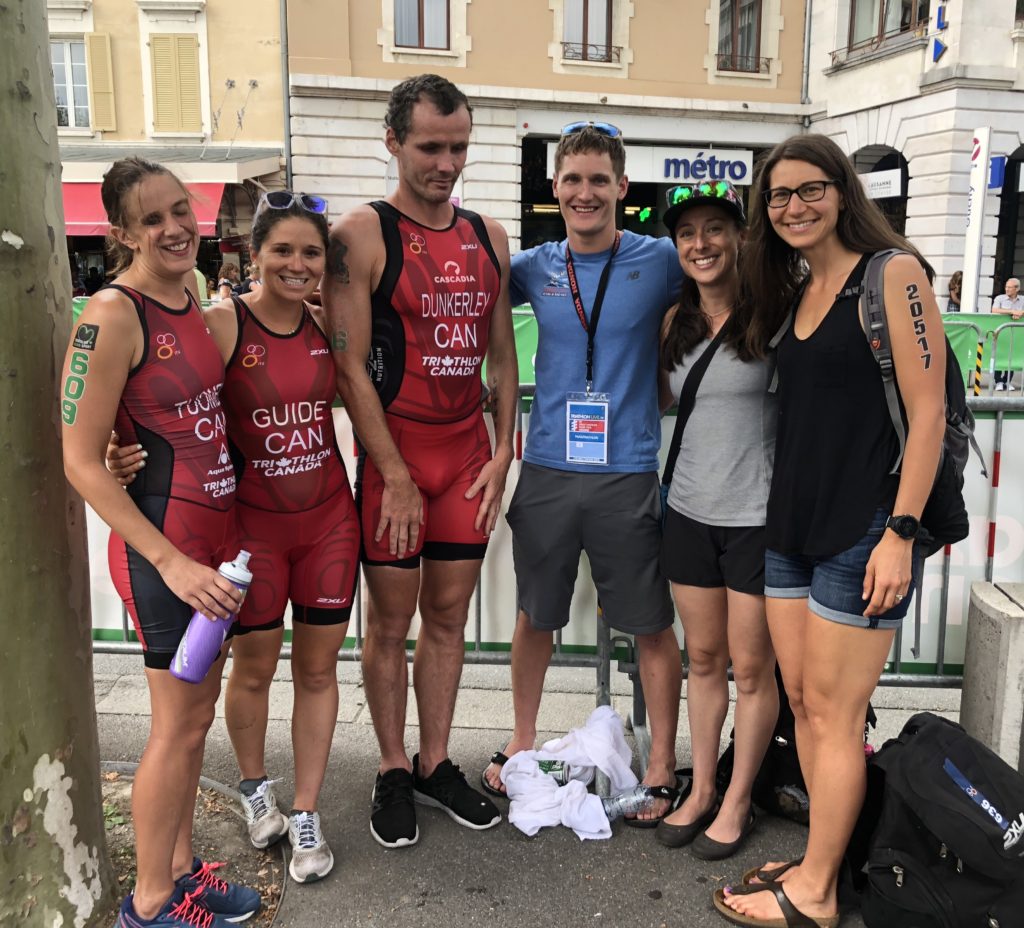
Final Thoughts
Traveling overseas to a destination race requires so much planning, preparation and adaptation to a new environment. Traveling with your own bike is stressful but definitely the most economical way of cycling for multiple days in Europe. In the weeks leading up to the race, I had compulsively laid out all my clothing and equipment to ensure I didn’t forget anything. I also packed my regular race day nutrition, including nut butter, nuun tablets, Gatorade and Clif bloks. Upon arrival in Switzerland, it took a few days to adjust to the 6-hour time difference from Toronto and I was happy to have arrived there 4 days before the race. To ease jet lag, I completed short, easy training sessions every day, avoided alcohol and ate healthy whenever I could – this included convincing Emily to join me on a 45-minute hunt for a bag of salad at a grocery store.
I finished 29th out of 91 athletes in my age group, and was the top Canadian out of 7 in my age group. Overall, I was happy with my performance at this race, particularly remaining calm in a choppy, non-wetsuit swim amongst strong swimmers and my bike handling and estimated power output on a technical, challenging course. My coach and I were primarily focused on my performance at Ironman Canada in late July, which meant that I had done little to no speed work on the bike or run since mid-July. I feel that my 10k run speed has a lot of room for improvement and I hope to build run strength, power and speed throughout the upcoming off-season. As previously mentioned, I need to work on reducing my transition times and I would like to learn how to safely perform a flying mount onto my bike in 2020.
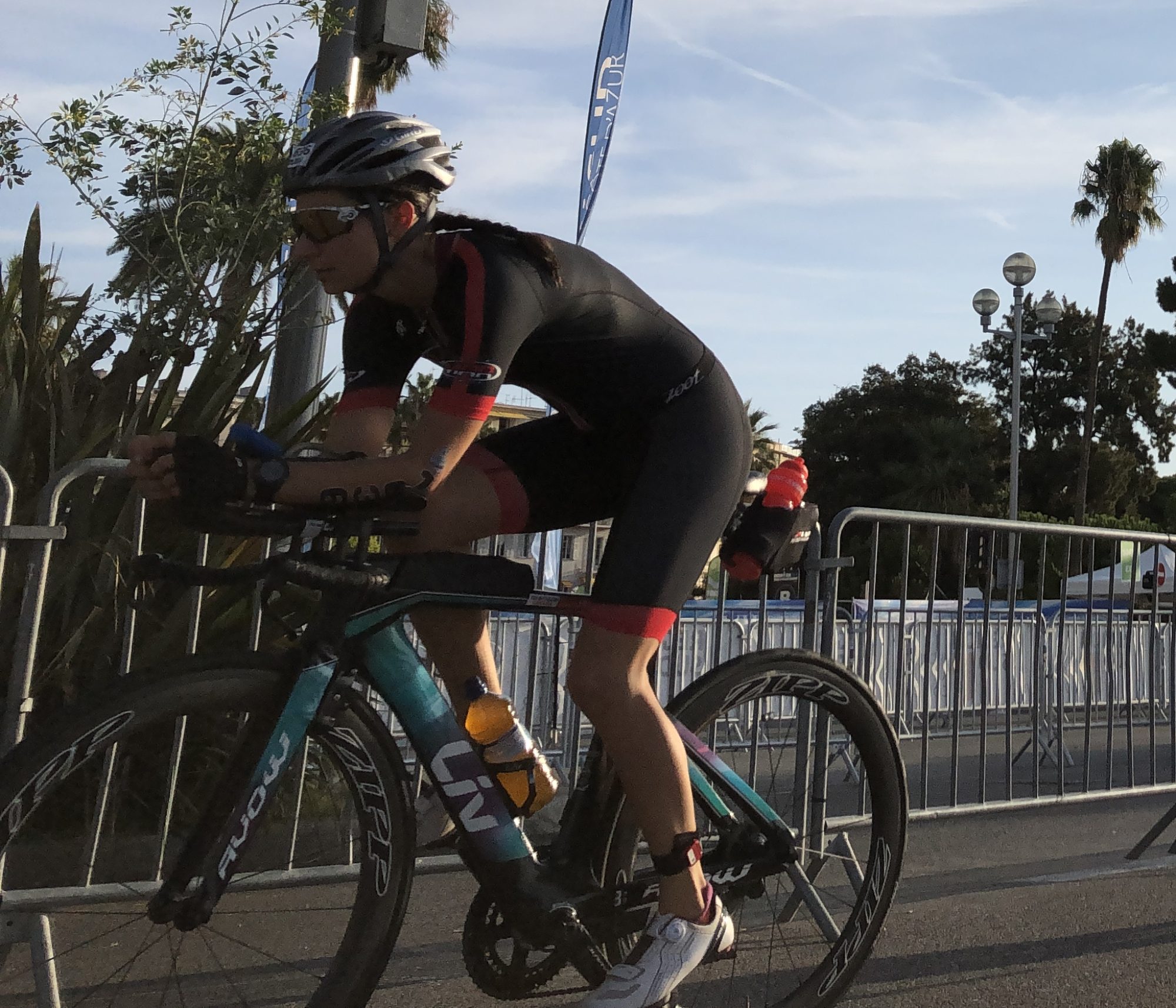
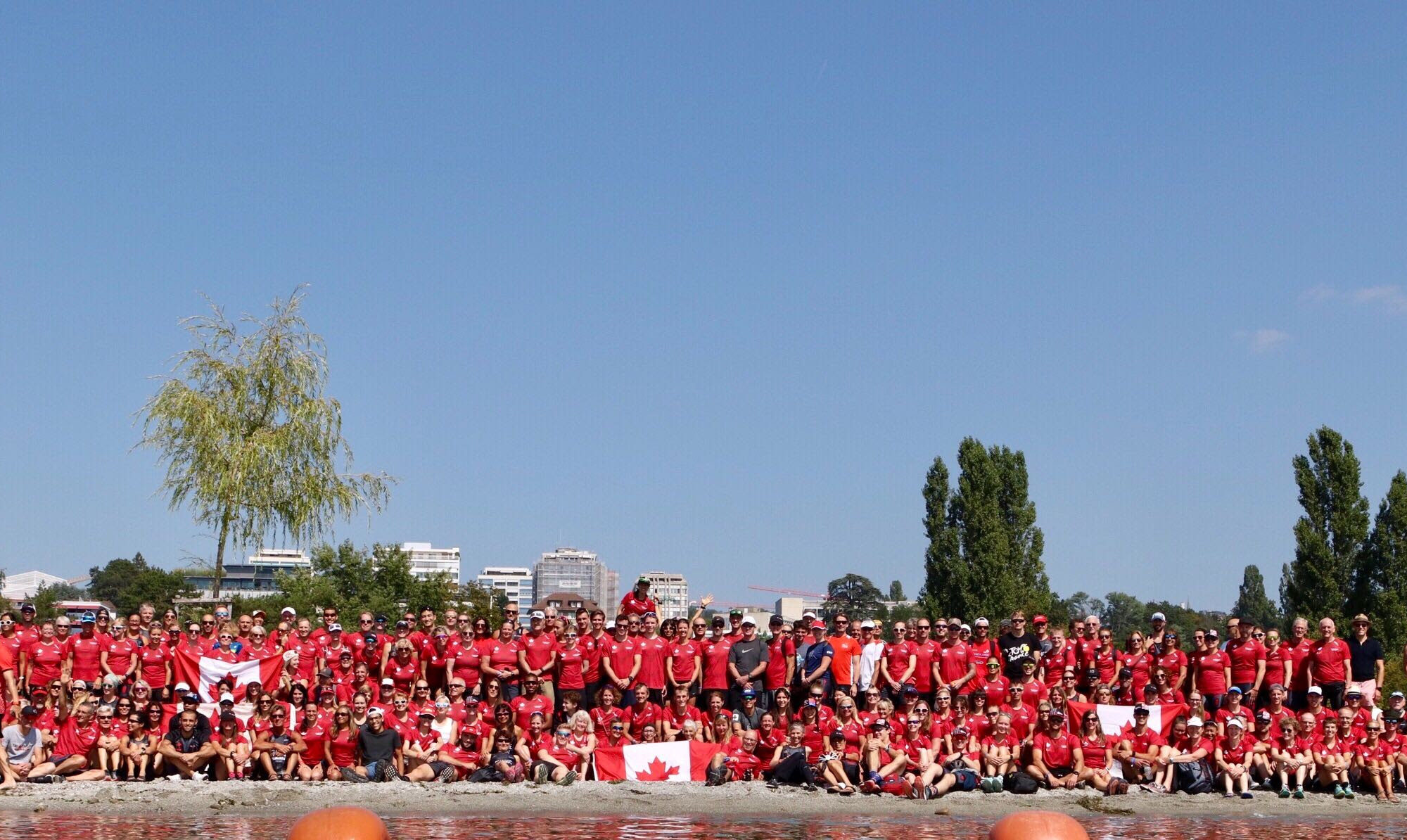
Awesome blog – thanks for sharing!